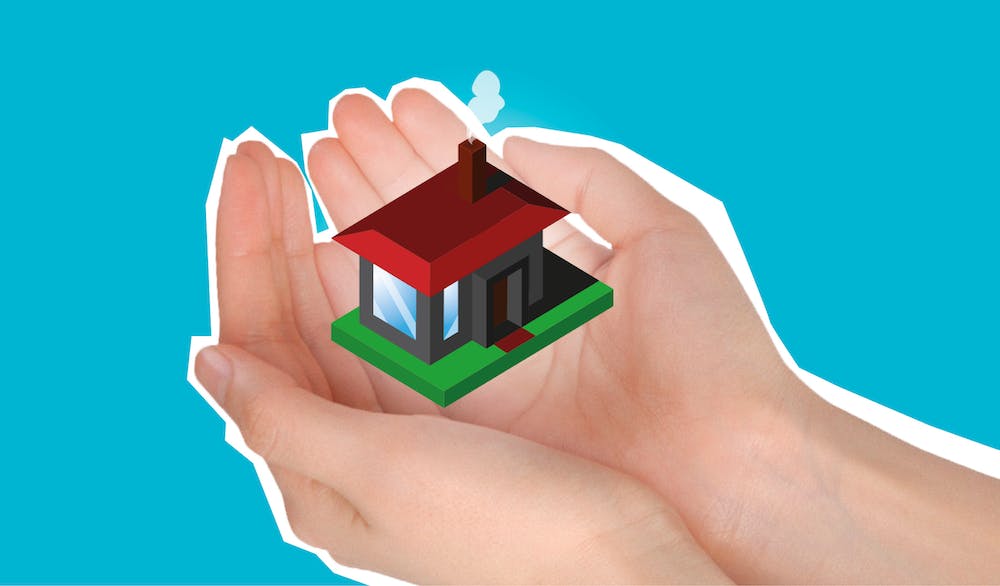If you’re looking for a way to save money on your monthly mortgage payments, you might want to consider refinancing your home loan for a lower interest rate. Refinancing is when you replace your existing loan with a new one that has better terms and conditions. By doing this, you can lower your monthly payments, shorten your loan term, or access some of the equity in your home.
 But how do you refinance your home loan for a lower interest rate? Here are some steps you can follow to make the process easier and more successful.
But how do you refinance your home loan for a lower interest rate? Here are some steps you can follow to make the process easier and more successful.
 1. Check your credit score and history. Your credit score and history are important factors that lenders use to determine your eligibility and interest rate for refinancing. The higher your credit score and the cleaner your history, the more likely you are to qualify for a lower rate. You can check your credit score and history for free once a year from each of the three major credit bureaus: Equifax, Experian, and TransUnion.
1. Check your credit score and history. Your credit score and history are important factors that lenders use to determine your eligibility and interest rate for refinancing. The higher your credit score and the cleaner your history, the more likely you are to qualify for a lower rate. You can check your credit score and history for free once a year from each of the three major credit bureaus: Equifax, Experian, and TransUnion.
 2. Compare different lenders and offers. Don’t settle for the first offer you get from your current lender. Shop around and compare different lenders and offers to find the best deal for your situation. You can use online tools and calculators to compare different scenarios and see how much you can save by refinancing. You can also ask for quotes from multiple lenders and compare their fees, rates, and terms.
2. Compare different lenders and offers. Don’t settle for the first offer you get from your current lender. Shop around and compare different lenders and offers to find the best deal for your situation. You can use online tools and calculators to compare different scenarios and see how much you can save by refinancing. You can also ask for quotes from multiple lenders and compare their fees, rates, and terms.
 3. Choose the best option for you. Once you have compared different lenders and offers, you can choose the best option for you based on your goals and preferences. For example, if you want to lower your monthly payments, you might choose a longer loan term or a lower interest rate. If you want to pay off your loan faster, you might choose a shorter loan term or a higher monthly payment. If you want to access some of the equity in your home, you might choose a cash-out refinance.
3. Choose the best option for you. Once you have compared different lenders and offers, you can choose the best option for you based on your goals and preferences. For example, if you want to lower your monthly payments, you might choose a longer loan term or a lower interest rate. If you want to pay off your loan faster, you might choose a shorter loan term or a higher monthly payment. If you want to access some of the equity in your home, you might choose a cash-out refinance.
 4. Prepare and submit your application. After you have chosen the best option for you, you need to prepare and submit your application to the lender. You will need to provide some documents and information to verify your income, assets, debts, and identity. Some of the documents you might need include:
4. Prepare and submit your application. After you have chosen the best option for you, you need to prepare and submit your application to the lender. You will need to provide some documents and information to verify your income, assets, debts, and identity. Some of the documents you might need include:
 – Pay stubs or tax returns
– Pay stubs or tax returns
– Bank statements or investment accounts
– Mortgage statements or property tax bills
– Homeowners insurance policy or declaration page
– Driver’s license or passport
 The lender will also order an appraisal of your home to determine its current value and how much equity you have.
The lender will also order an appraisal of your home to determine its current value and how much equity you have.
 5. Close on your new loan. Once your application is approved, you will need to close on your new loan. This is when you sign the final documents and pay any closing costs or fees. You will also receive a new loan statement and payment schedule from your new lender.
5. Close on your new loan. Once your application is approved, you will need to close on your new loan. This is when you sign the final documents and pay any closing costs or fees. You will also receive a new loan statement and payment schedule from your new lender.
 Refinancing your home loan for a lower interest rate can be a smart financial move if done right. By following these steps, you can make the process easier and more successful.
Refinancing your home loan for a lower interest rate can be a smart financial move if done right. By following these steps, you can make the process easier and more successful.

